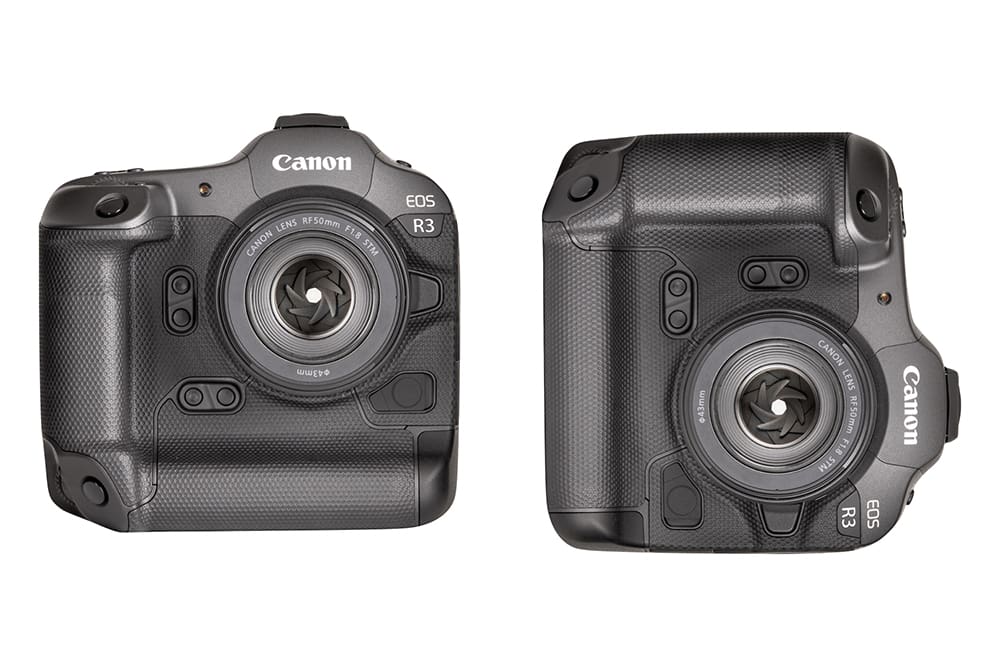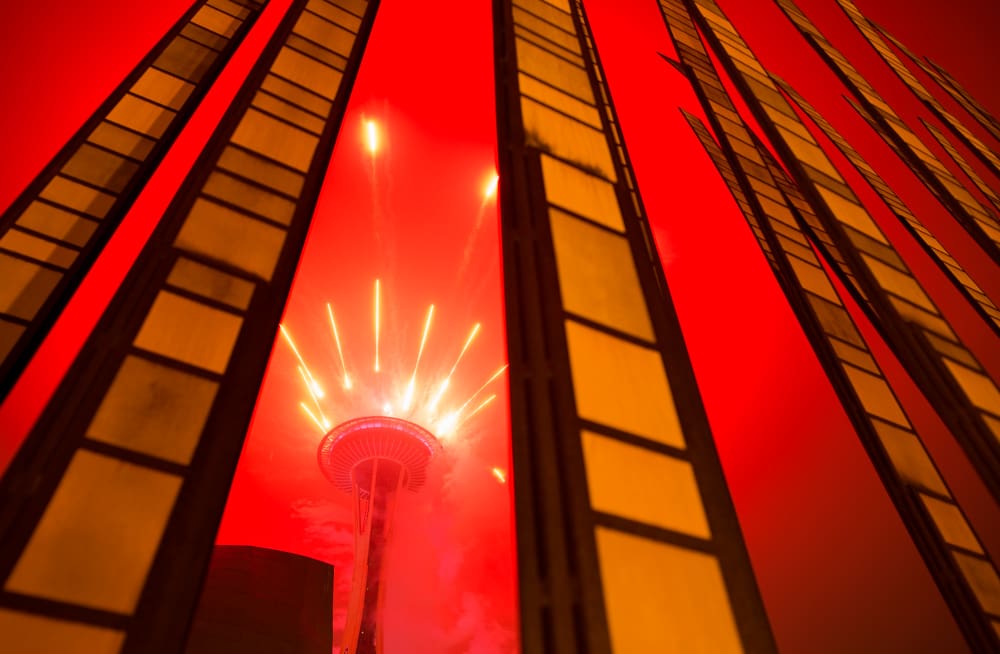“Been there, done that”, is a phrase I’m not particularly fond of; because it’s not the full story. Returning to a familiar location for a second time can prove to be both insightful and productive. It can help you realize what is unique and special, as well as provide new opportunities and new challenges. As a photographer, you should always be looking to take advantage of the options you are presented with. Time, light, and weather are in constant change, so no two journeys to the same location will result in the same photographs.
My recent return to Bhutan in March 2025 marks my fourth time in this beautiful, majestic country located high in the Himalayan mountains. Traveling to Bhutan is like traveling back in time; very little changes in this rural, traditional Buddhist culture. Comparing it to my first visit back in 2008, I can say that major towns are a bit bigger and people can now be seen regularly using mobile phones; but other than that, it the same great photogenic country that it’s always been.
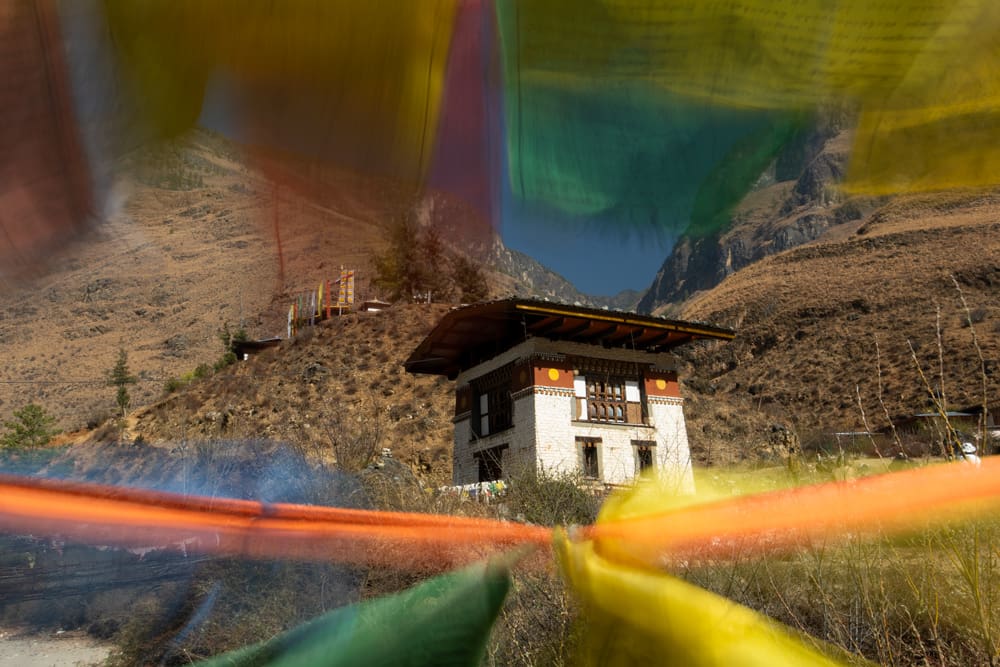
Canon EOS R1, RF 14-34MM F/4 L IS USM @ 24MM | F/22 | 1/8 SEC | ISO 50
Even with the same schedule and the same locations, it’s amazing how different it is from year to year. Many photographers develop favorite locations and situations based on previous results. As with financial investments, past performances do not guarantee future events. For the photographer looking to recapture a great shot or a missed moment, it might not be possible doing it again because life has a way of changing things up.
Re-creating the magic of a previous visit or image can be difficult to impossible. I can’t keep track of the number of times I’ve returned to the scene of a past favorite image only to be dismayed that it is no longer possible to capture that particular image.
However, if you are willing to take a fresh look at that familiar scene, you might find new perspectives and new images. It can be difficult to move away from a previous mindset that was proven to be successful; but this change might be helpful, if not downright necessary.
Monks moving on
With my return to Bhutan our schedule took us again to Gangtey Monastery in the Phobjikha Valley where images from my previous visits were fresh in my mind. I knew the ‘secret’ location to go to in order to create quality images. Upon walking in the back entrance I could see the reconstruction of the front gate and my plans of reworking an old idea went up in smoke.
The front entrance to the monastery was mostly dismantled and entirely encircled in fencing. An image from 2019 of monks entering the monastery would not be possible today, or anytime soon. It was time to rework the plan and look for a new shot.
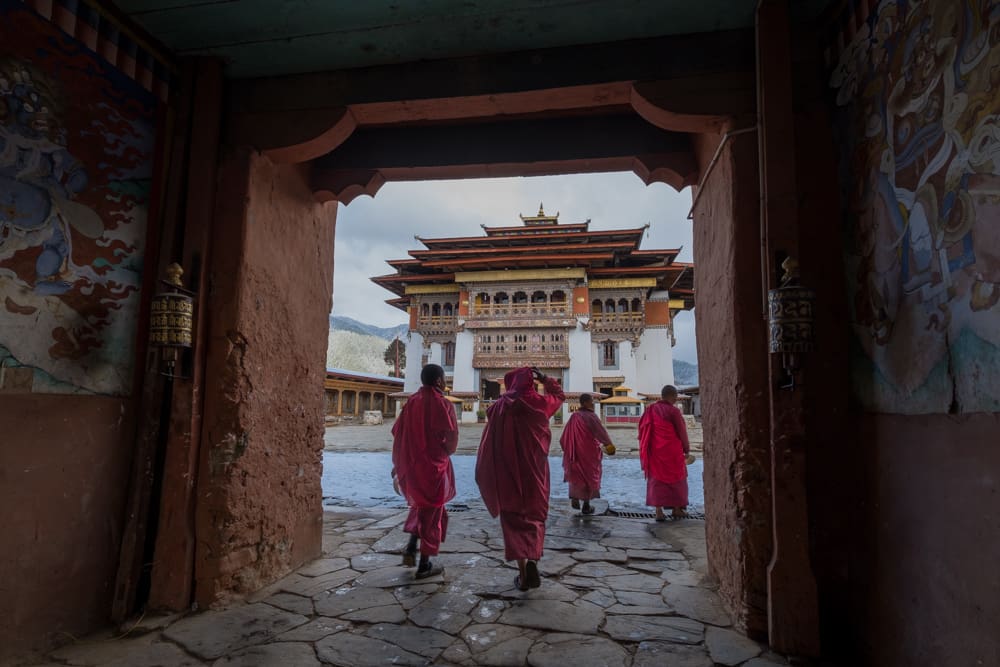
FUJIFILM X-Pro2, XF 10-24MM F/4 R OIS @ 12MM (18mm) | F/11 | 1/60 SEC | ISO 200
[image taken in 2019]
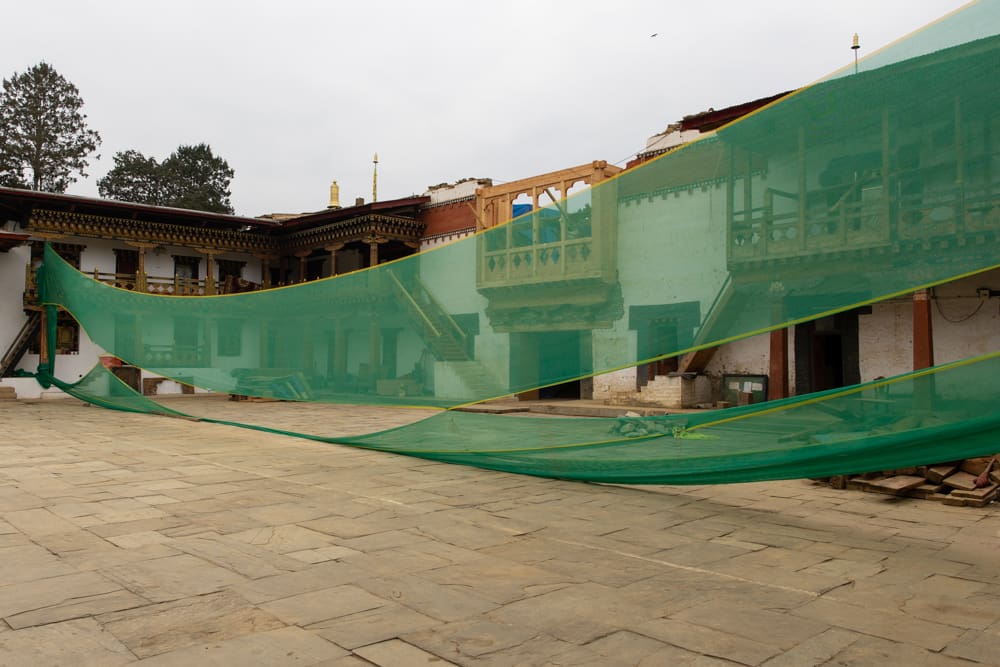
[image taken in 2025]
Follow the clues
Starting from scratch, I started looking for new opportunities. We were led inside where a few dozen monks were reciting prayers where their voices echoed off the hard, cold floors. We were allowed upstairs where we could observe everything from the rafters. I immediately saw numerous potential images — I started taking images, at least in my mind.
Photography inside monasteries is generally prohibited, but I’ve seen it allowed on a few occasions. I checked with our guide Kinley, it was a no. I said, could you check again and see if we can make a tiny little exception, just this one time. A few minutes later Kinley returned with a definitive no. Oh well, no photographs here, it will have to remain as a beautiful memory.
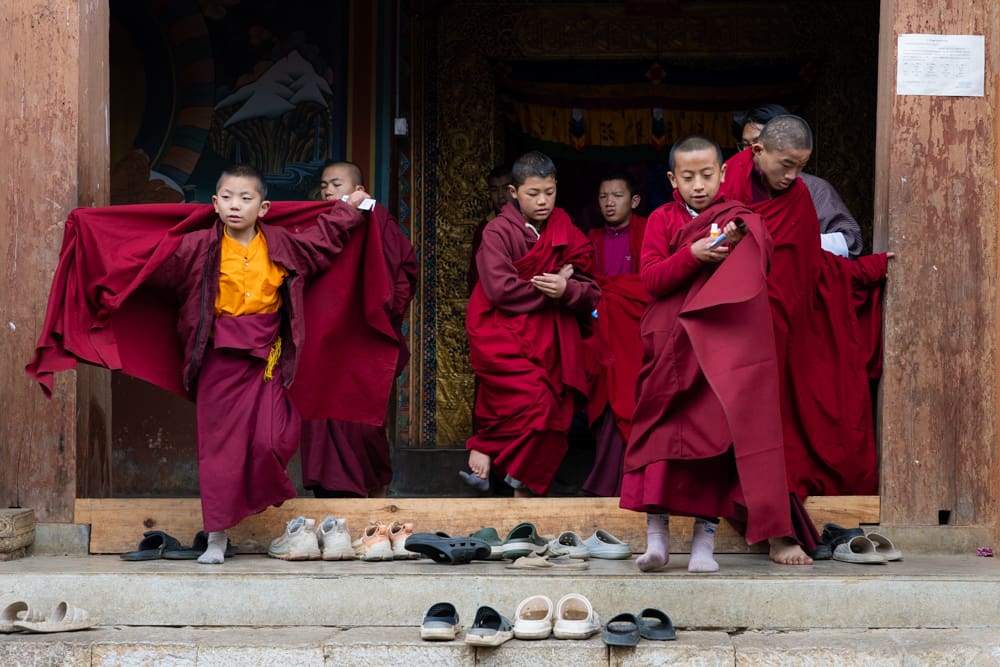
Canon EOS R1, RF 24-70MM F/2.8 L IS USM @ 57MM | F/5 | 1/320 SEC | ISO 200
Standing outside the monastery in the courtyard of the Dzong (fortress), with hardly an image made, I started looking for clues for something new. Young monks came rushing out of the monastery, picking up and putting on their shoes — a few shots there. Then nothing, an empty courtyard with nothing but an older monk circling the monastery doing his morning prayer ritual.
The older monk, using a cane in his right hand and a ring of beads clutched in his left, walked slowly, occasionally veering over to spin a prayer wheel. His slow pace and repetitive actions made for an easy capture of an image. The key to capturing an interesting image of a simple subject like this lies in the execution of the composition.
The open environment allowed for a number of possible compositions from wide angle to telephoto. Elements of the monastery that could be included were prayer wheels, steps, patterned architectural accents and more. My first attempt at a shot was to place the camera low on the ground so as to frame the monk with the entrance to the monastery. The dark entry would provide a clean background and a simple framing for the elderly monk. The low angle allowed much of the detailed architecture to be included and provided a view different than the norm.
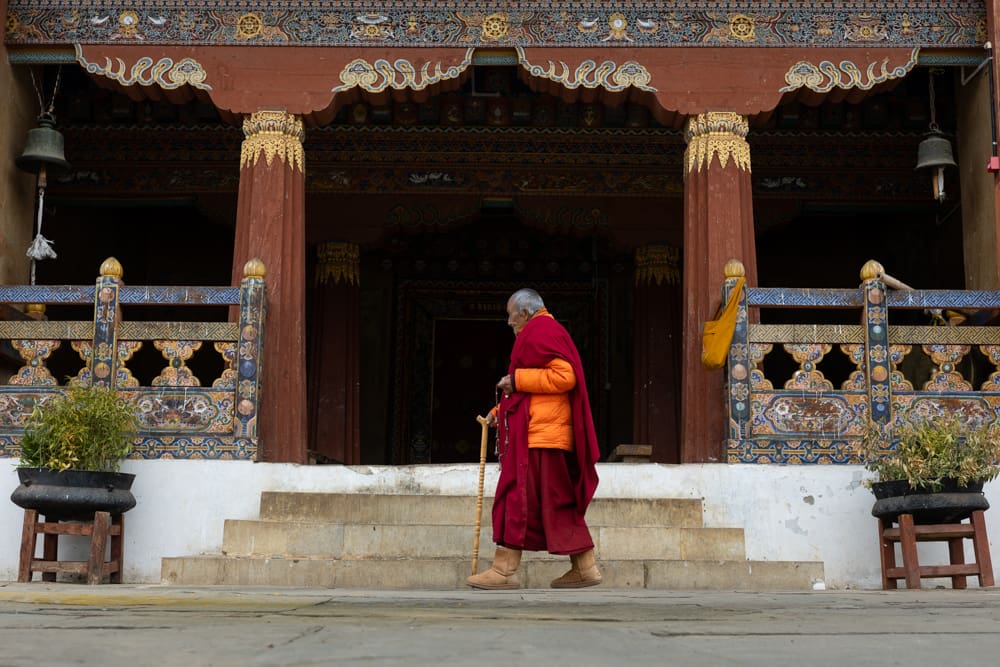
Canon EOS R1, RF 24-70MM F/2.8 L IS USM @ 46MM | F/8 | 1/320 SEC | ISO 400
I believe this to be a good shot; it’s one that I’m happy with.
When should you move on?
With my mission accomplished, should I move on? Sometimes the answer is yes, seek out what is next on your list, especially if time is limited. If you are fortunate to have time on your side, maybe you should dig a bit deeper.
Looking around, I noticed the walkway that encircles most of the monastery had an elaborate handrail that features a traditional Bhutanese architectural design. I located an opening in the handrail opposite a series of prayer wheels, set my exposure and focus, and waited for the right moment.
Carefully moving the camera up, down, left, and right I composed what I hoped would be a pleasing image. The old monk slowly made his way around to my position and I quietly fired off a series of shots as he passed by my window of opportunity.
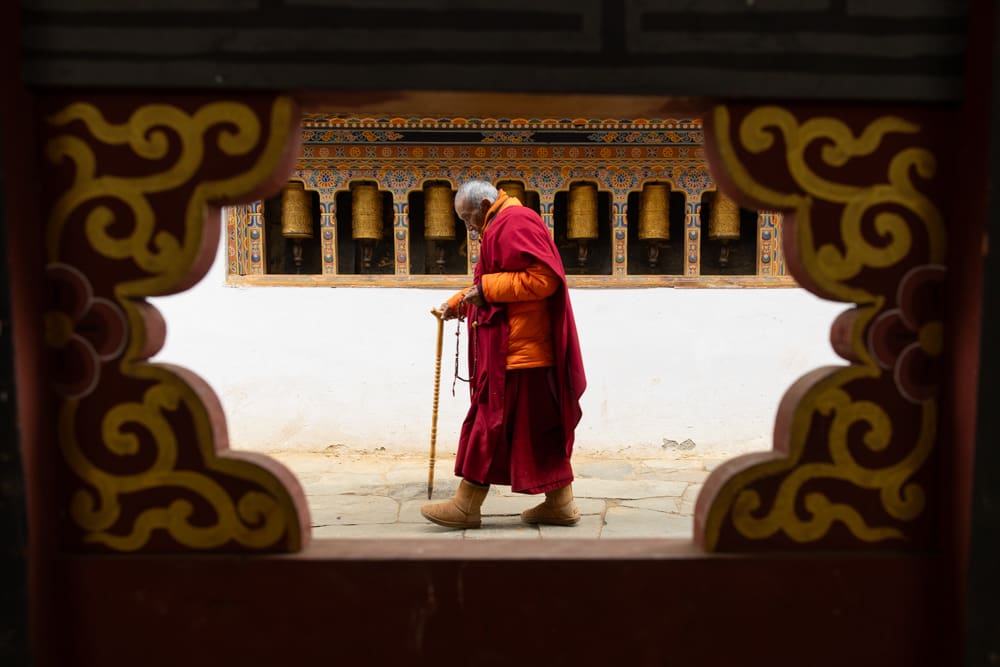
Canon EOS R1, RF 24-70MM F/2.8 L IS USM @ 24MM | F/5 | 1/200 SEC | ISO 400
Rats! I didn’t estimate his position on the walkway correctly and his feet didn’t have as much room as I would like them to have. I waited a few more minutes for him to make his circumnavigation. On this next go-around I’ve got the camera in a better position — bingo! This is the image I had hoped for.
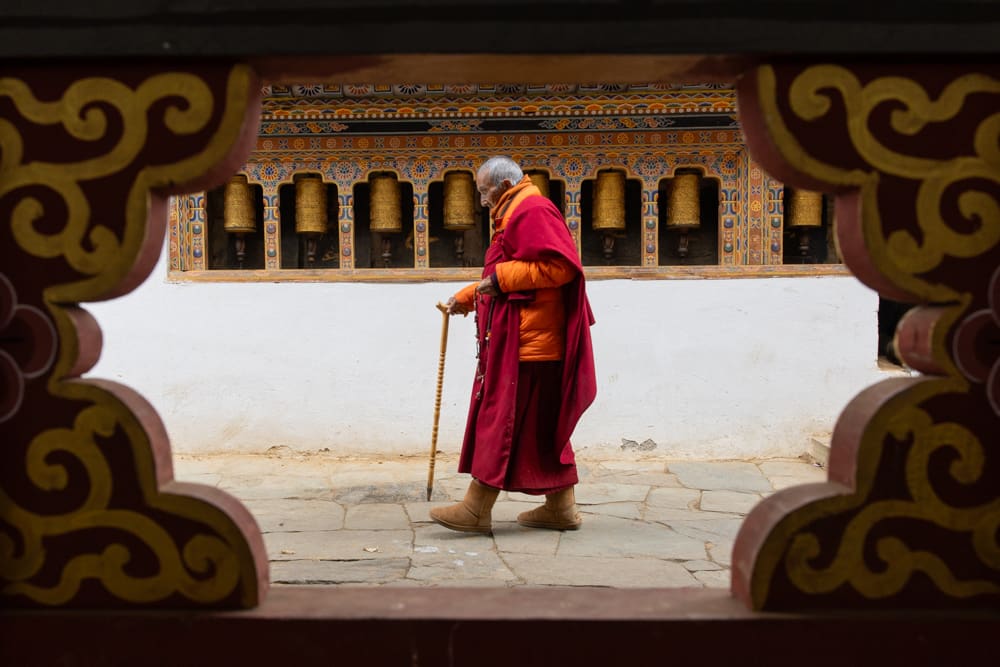
Canon EOS R1, RF 24-70MM F/2.8 L IS USM @ 28MM | F/8 | 1/160 SEC | ISO 500
Pressing the reset button
The story of pressing the reset button and starting anew sounds easier than it is. Choosing not to follow a successful route goes against our human nature. A second chance at a failed attempt is a worthy endeavor. By all means, get back in there and try it again, fixing the mistakes from your previous effort.
Attempting to improve an already successful attempt is more difficult to do. If you can identify something specific that needs improvement, and you can control that factor, you might just be able to walk away with something better.
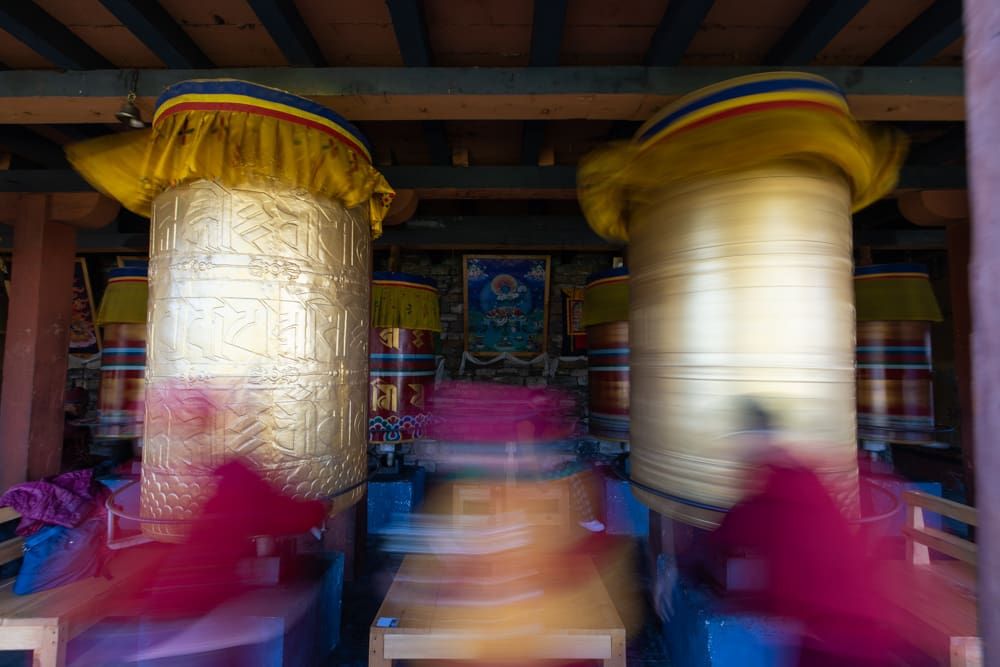
Canon EOS R1, RF 14-35MM F/4 L IS USM @ 14MM | F/8 | 1/2 SEC | ISO 100
My advice
When returning to a location or situation, use your experience and knowledge to guide you. If something worked before, feel free to give it a try again, conditions may be even better this time around and you may end up with a better result. With the hard work of figuring out a good solution it shouldn’t take much time to see if the magic will happen again. However, if it’s not working this second time around, cut your losses and move on.
Failing on a second attempt, where the first was successful, proves that there was something special or different in your previous effort. Depending on the situation, it’s quite possible that there’s nothing you can do to repeat yourself this time around. Time to move on.
When moving on to a new idea, you can still use your experience and knowledge, just don’t let it constrain you. You may need to focus on one aspect to help you break the previous mindset. Try using a different lens, a different exposure, or a different technique to put your mind on a new track. By focusing on these new parameters you’ll see new opportunities. You may try and fail with a few of your first options but keep at it. This is where the sum of all your experiences will pay off.
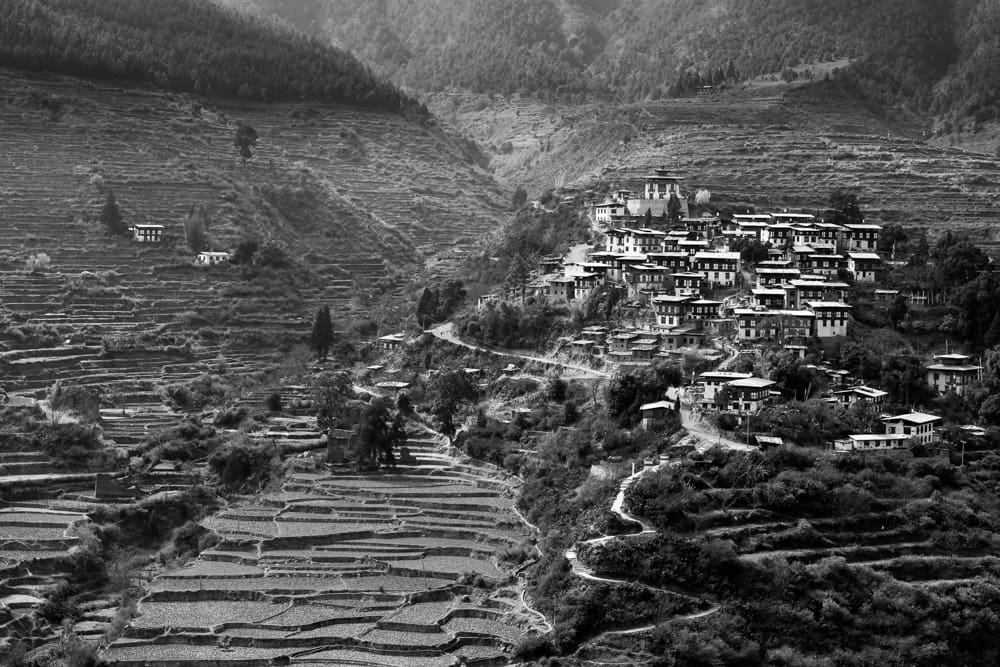
Canon EOS R1, RF 24-70MM F/2.8 L IS USM @ 50MM | F/8 | 1/250 SEC | ISO 100
The one minute rule
I’ve always believed that you are never more than one minute away from a great photograph. Meaning that, if you knew what to do and where to go, you could get a great photograph sometime in the next 60 seconds.
I’ve thought back to a number of my favorite photographs and what I was doing one minute before that image was taken. Typically, I was intrigued by some subject and was trying to figure out how to get a great shot of it. I didn’t know exactly how I could get the shot, but I knew that many of the elements were close at hand.
To get that great shot, you need to make the right arrangement of subject, light, background, and composition. Some of those elements you may have control of, others you may not. If you play your cards correctly, and get a little lucky, it can all come together into one beautiful photograph.
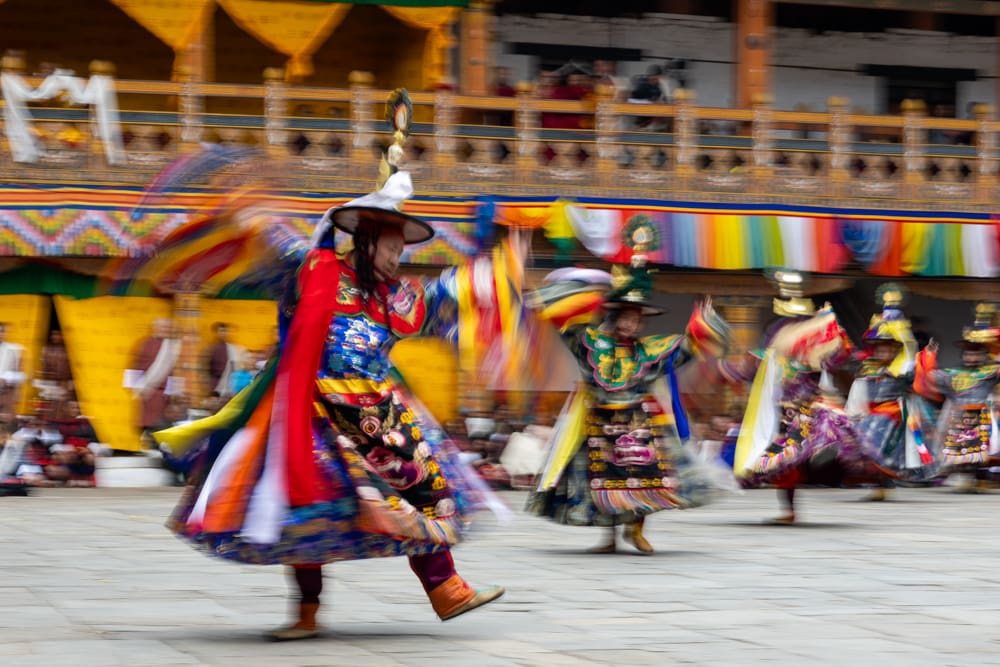
Canon EOS R1 RF 85MM F/2 MACRO IS STM | F/18 | 1/8 SEC | ISO 50
Become part of John’s inner circle
Sign up for the newsletter here — it’s free.
Want to become a better photographer?
Check out John’s selection of photography and camera classes here.
